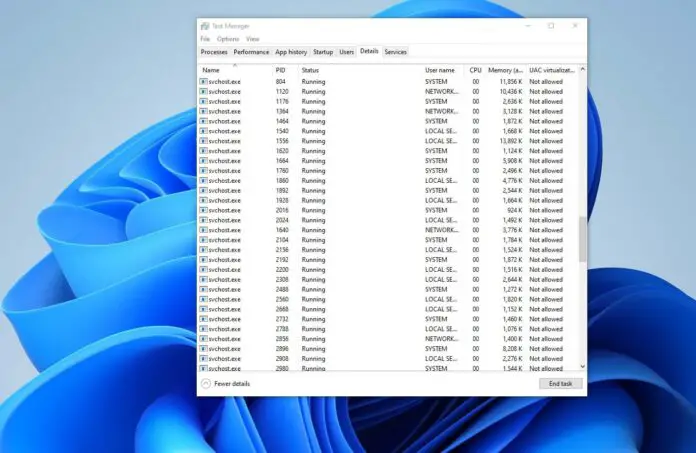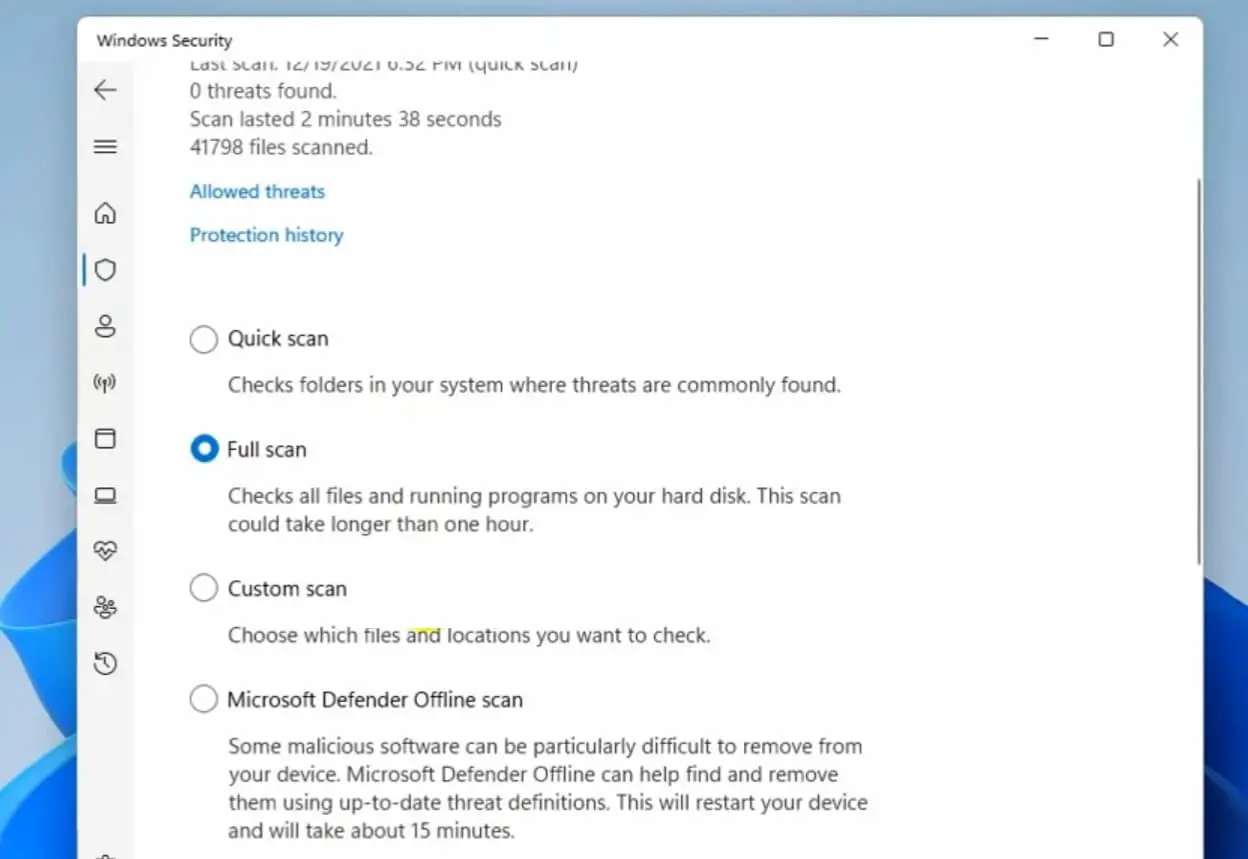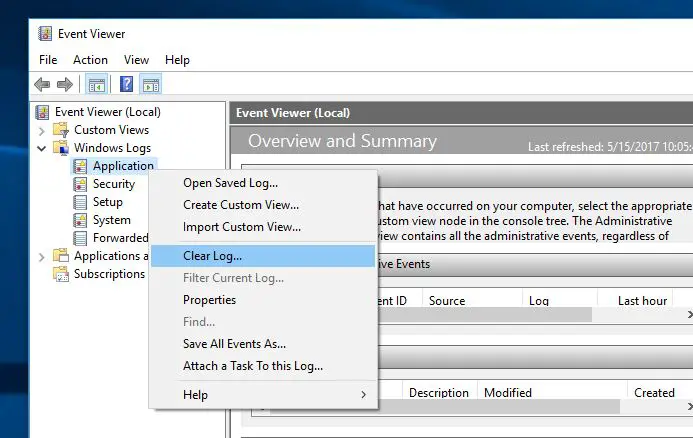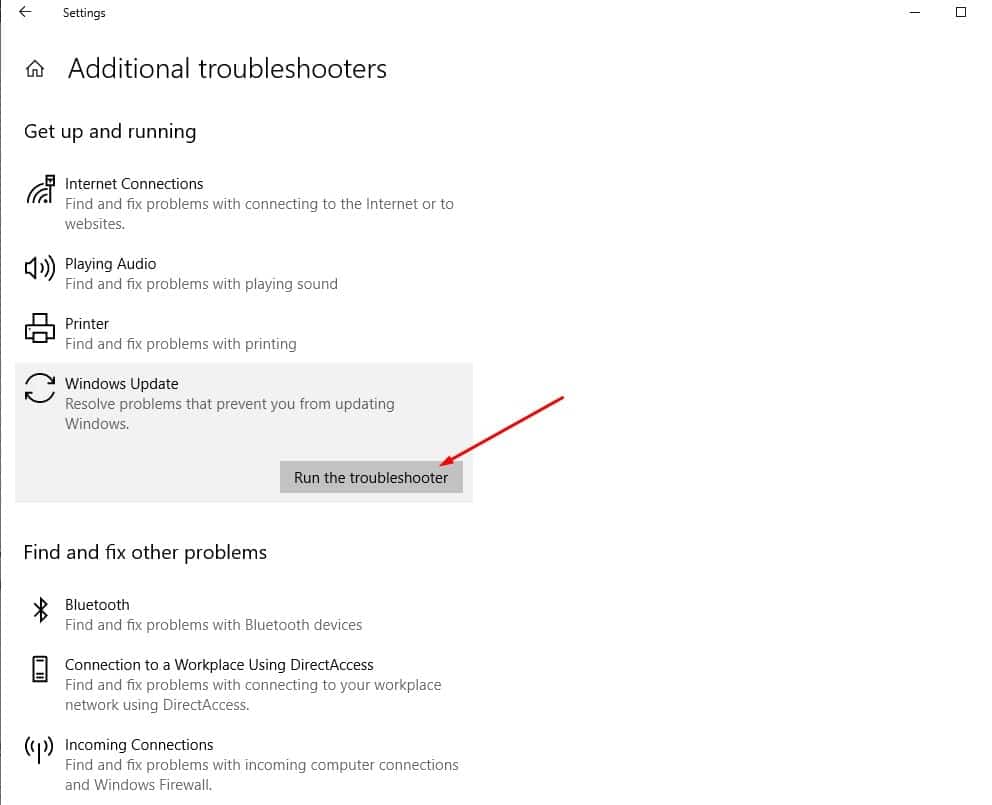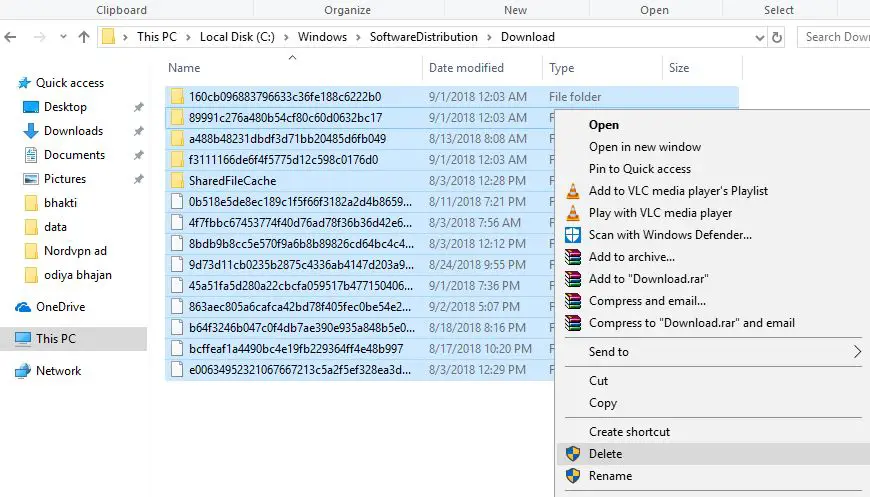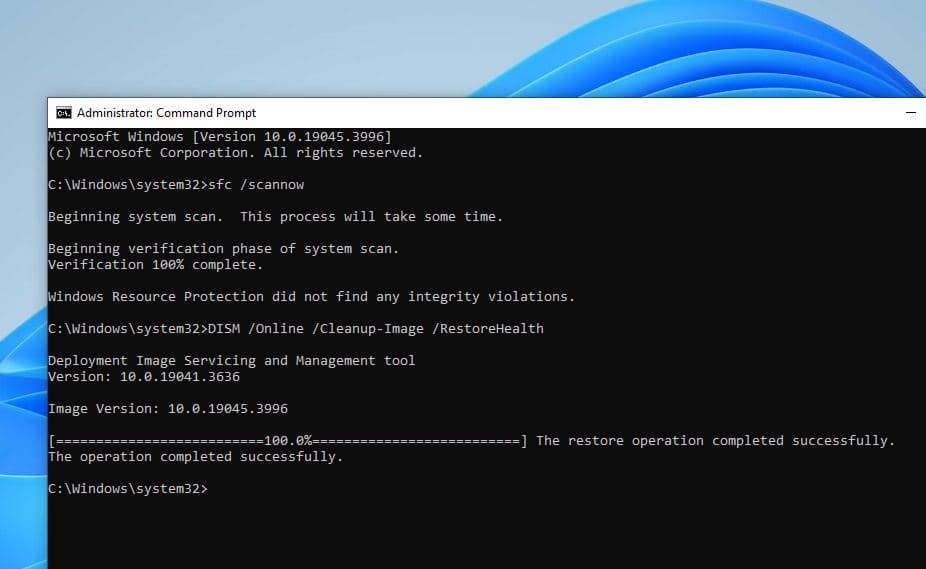Did you experience high CPU usage or memory leak by svchost.exe (netsvcs) on your Windows PC, you are not alone. Many users have reported this problem: “100% CPU usage from svchost.exe for about 30 seconds after launching games” Well Svchost.exe, a crucial system process in Windows, is responsible for hosting multiple Windows services. While there are a lot of reasons behind this process hogging up system resources, Malware or Virus Infections, Corrupted System Files, Third-Party Software Conflicts or problematic Windows updates are common. This article explores What is svchost.exe and some possible solutions to fix svchost.exe high CPU usage problem and make your PC run faster and smoother.
What is svchost.exe, and why it’s running?
Svchost.exe, short for “Service Host,” is a legitimate Windows process that hosts various services required for the smooth functioning of the operating system. These services include Windows Update, Background Intelligent Transfer Service (BITS), Windows Defender, Windows Modules Installer, and others. Each instance of Svchost.exe can host and run multiple services at the same time, which helps efficient resource allocation and management. However, Sometimes, svchost.exe (netsvcs) may start using more and more CPU or memory resources without apparent reasons. This can make your PC sluggish and unresponsive. This issue can be caused by:
Malware or Virus Infections: Malicious software or viruses may disguise themselves as Svchost.exe processes to evade detection and exploit system resources for unnecessary activities, resulting in high CPU usage.
Third-Party Software Conflicts: Incompatibilities or conflicts with third-party software installed on the system can trigger Svchost.exe high CPU usage. This can occur due to poorly optimized applications or drivers.
Background Services: Certain background services hosted by Svchost.exe, may malfunction or experience conflicts, causing increased CPU utilization.
Windows Update Service: The Windows Update service, responsible for downloading and installing updates, can sometimes get stuck or encounter errors, leading to Svchost.exe high CPU usage.
Well, there are several methods that you can try to fix this issue, here are a few effective ways help other users fix svchost exe high CPU, or memory usage problems on Windows 11/10.
Scan your PC for viruses or malware
The first thing you should do is scan your PC for any possible viruses or malware that may be causing the high CPU usage or memory leak by svchost.exe. You can use built-in Windows security (Defender) or a third-party tool like Malwarebytes to perform a full system scan and remove any threats that are found.
Disable certain svchost.exe service
Some services that run under the svchost.exe may malfunction or experience conflicts, causing high CPU usage or memory leaks. You can try to disable some of these services and see if the problem is resolved.
- Press Windows + R, type services.msc and ok
- Now look for Windows update service, Right-click and select stop, and change the startup type manual.
- Do the same with background intelligent transfer service and SysMain service
- Now check there is no more Windows 10 High CPU, 100% disk usage by svchost.exe.
Clear all event viewer log
Many users also report that the svchost.exe high memory usage problem is caused by the large log files present in the Windows event viewer. Therefore, clearing the event viewer logs is a good way to fix the problem.
Follow the steps below to clear the event viewer logs:
- Press Windows key + R type eventvwr.msc and click Ok
- On the left pane, locate and expand Windows Logs
- Then right-click on the subfolders under it (Application) and then click on Clear Log
- Do this same process for Security, Setup, and System.
- Once done, restart your computer and check to see if the problem still exists or not.
Troubleshoot Windows Update issues
Sometimes, Windows Update issues can also cause high CPU usage or memory leak by svchost.exe. This can happen if Windows Update is stuck or corrupted and keeps checking for updates constantly. To fix this, you can try to troubleshoot Windows Update issues using the built-in troubleshooter or manually reset the Windows Update components.
To run Windows update troubleshooter:
- Search for troubleshoot and select troubleshoot settings,
- Click on Additional troubleshooters, locate Windows update then Run the troubleshooter.
Reset Windows update components:
In addition, you can Stop the Windows Update service, clear its temporary files, and restart the service to reset its functionality and resolve any update-related issues causing Svchost.exe high CPU usage.
- Press the Windows key + R, type services.msc and click on ok
- Scroll down to locate Windows update service, right-click on it select stop,
- Now press the Windows key + E to open File Explorer and navigate C:\Windows\SoftwareDistribution\download
- These are the temporary update files, that may cause the update stuck and result Svchost.exe high CPU usage
- Delete all files and folders there, press ctrl + A to select all then hit Del key
- Now restart the Windows update service and check if this helps fix the high CPU or memory leak problem.
Run SFC and DISM to Repair Corrupt System Files
Sometimes, Corrupt system files can contribute to Svchost.exe high CPU usage in Windows 10. If the above solutions didn’t fix the problem, running the System File Checker (SFC) and Deployment Image Servicing and Management (DISM) utilities can effectively address this issue by repairing the underlying file corruption.
- Press the Windows key and type cmd, right-click on the command prompt select run as administrator,
- Type the command sfc /scannow and press Enter to scan and repair any corrupted system files
- Next, run DISM /Online /Cleanup-Image /RestoreHealth command to scan and repair the Windows system image.
- This process may take longer than SFC, depending on your system’s configuration and the level of corruption.
Once the scanning is complete, 100% restart your computer to apply the changes and check if this helps fix svchost high CPU or memory leak problem.
Well if you notice the problem started after a recent change or software install, consider using System Restore to revert your system to a point before the problem occurred.
Also read:
